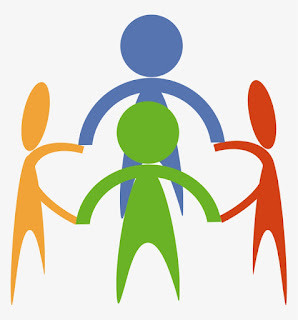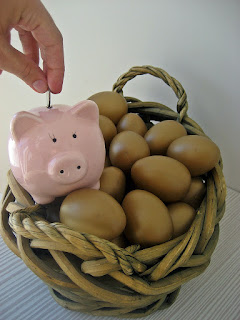#34 Community Outreach From Home
There are powerful connections between homeowners in
a community and the degree to which those residents participate in the overall
“fabric” of their community.
There are the obvious connections of local taxations
(property tax, sales tax, various usage taxes, etc.) which support services
such as Law Enforcement, Fire Management and general maintenance of the
community services and roadways, etc.
And, the stability and quality of such tax-funded services heavily
influences the perceived overall “value” of the community.
The connected elements of a community actually drive
the perceived “quality” of the community. The degree to which its citizens participate
within those elements is an important part of the process.
As a homeowner,
you selected the community (where you looked then bought) based on a number of
factors. You were looking for the level
of quality that served your needs as well as your preferences. Those needs and preferences necessarily vary
among community members.
In your investigative process, you may have explored
the downtown business district in search of the community’s personality! You drove around with your residential
realtor looking at the composition of the community, including the availability
of retail and professional services.
Where relevant, you probably investigated the school system.
Typical “support” entities of a community
(differentiated from its government entities) are the glue that keeps a
community connected. Businesses connect
through Chambers of Commerce and Merchants’ Associations. School systems have School Boards and Parent
Teacher Associations. Church affiliations
are important to many, and often connect to Human Services, Food programs,
affordable Thrift stores and other charities.
Other special organizations for specific needs (temporary or ongoing)
speak to a community that is flexible and “steps up” to emergencies and natural
disasters.
Of course, there is more. For specific neighborhoods, there may be Home
Owner Associations and organizations such as Neighborhood Watch. Older communities may participate in a “Main
Street” program, primarily devoted to preserving the historical aspects of the
core and maintaining old and valuable structures.
These opportunities (and others) present residential
property owners with dozens of ways to participate in the connective glue that
makes a community what it is – and how it is perceived from the outside. Some believe that it is to some degree a
responsibility of all community members to participate in some way with the organizations
that bind various aspects of their city or town together.
Personal participation in your community – make no
mistake – is directly connected to property values and community quality! It makes no sense to sit back and possibly
make negative judgments (or fear a drop or stagnation in property values) while
not presenting your ideas and concerns to a relevant group. Relevant affiliations place you in the
mainstream for both factual information and opportunities to influence. Social clubs such as Lions, Rotary, Elks and
Alumni groups plus Industry affiliations all make up an important aspect of
Community.
A community’s Investment
Value and Quality do not evolve – or maintain – by accident or magic! Your residential property value is
proportionately in your hands and in the hands of your neighbors, the other
community neighborhoods, the projects embraced by community organizations and
the influence all of those can present to local government!
When you decided you wanted
to buy a home, then connected with your mortgage lender, then moved through the
approval process, then shopped for a property and achieved your goal, you also
bought into your whole community. With
all of that come many opportunities to support the quality of living and stable
property value of your community!




Comments
Post a Comment